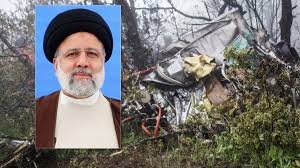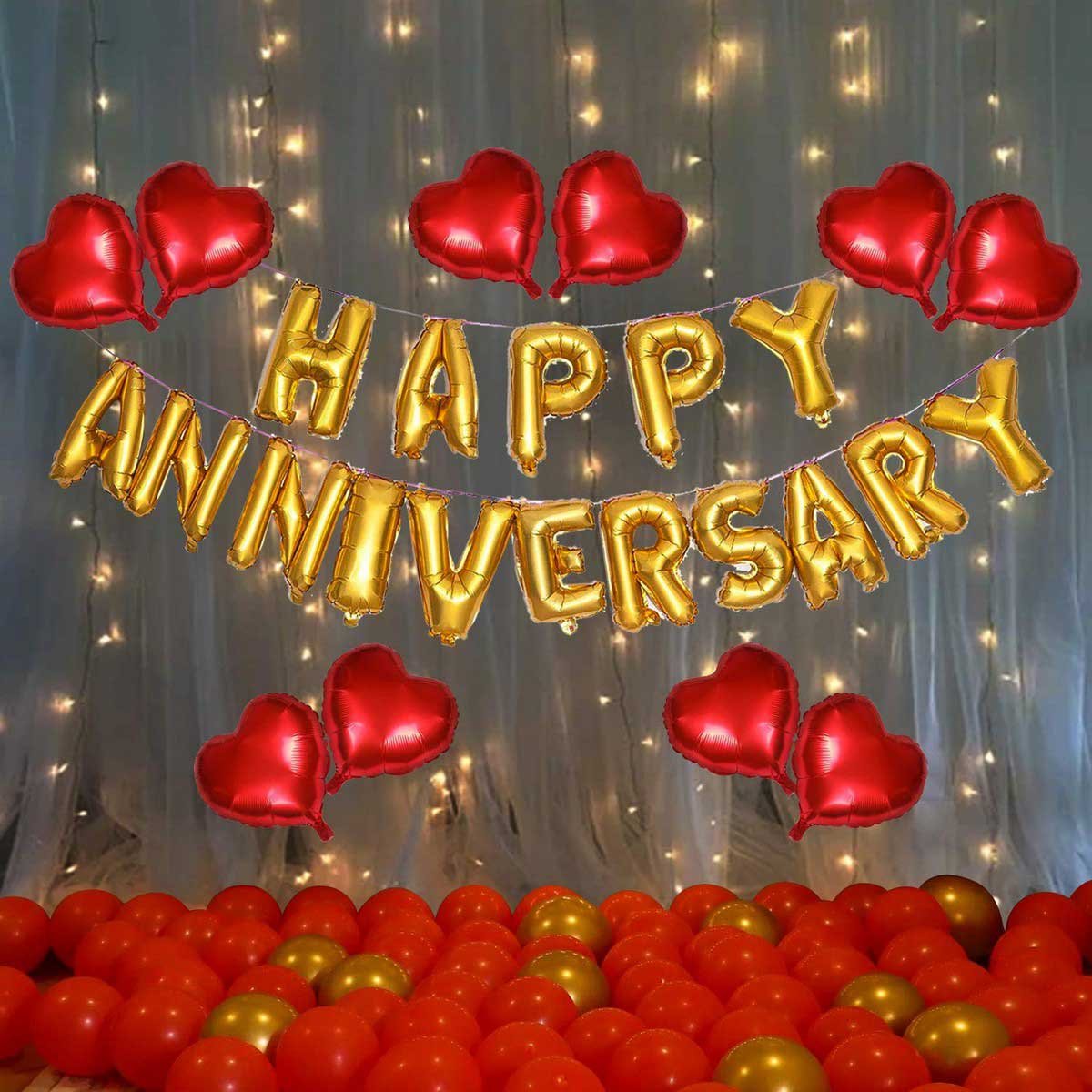Iran mourns the loss of its president, whose sudden passing has left the nation in shock. This article delves into the life and legacy of the late leader, exploring his biography, education, personal life, and career, as well as his influence on social media.
Death Reason
The crash that killed Iranian President Ebrahim Raisi and several other top officials on Sunday was the latest high-profile deadly helicopter accident in recent years.
For most people, the death of retired NBA star Kobe Bryant, his 13-year-old daughter and seven others in a helicopter crash in California four years ago comes to mind. But in 2018, Thai businessman Vichai Srivaddhanaprabha, who owned the Leicester City soccer club, died along with four others in a helicopter crash. The previous year, Troy Gentry, then part of country music act Montgomery Gentry, was also killed in a crash in New Jersey.
An investigation of the crash that killed Bryant and the others aboard a Sikorsky S-76B concluded that the pilot became disoriented as the chopper flew into a cloud bank, thinking he was climbing when in fact he was plunging into a hillside. Pilot error was also blamed in the crash that killed Gentry, while an investigation of the crash involving Vichai concluded that the Leonardo AW169 helicopter was brought down by a failure of its rear rotor mechanism.
It’s impossible to say with certainty what may have caused the crash in Iran on Sunday that killed Raisi, Iranian Foreign Minister Hossein Amir-Abdollahian and the others. But one or more of the factors below may have played a part.
Could bad weather have been a factor in the fatal crash?
Early reports of the crash in Iran suggest that the helicopter was flying in a “foggy, mountainous region of the country’s northwest,” according to The Associated Press.
Poor weather conditions are a leading cause of helicopter, or rotor aircraft, crashes. According to an analysis presented at a 2021 forum of the American Institute of Aeronautics and Astronautics, in 28% of all fatal helicopter crashes, weather was a factor.
“Wind was involved in most incidents but more rarely involved in fatalities. Bad visibility conditions due to a combination of low illumination and clouds were responsible for most fatal weather-related accidents,” the analysis says in its synopsis.
It notes that helicopters “typically operate at lower altitudes than fixed-wing aircraft and can take-off and land away from airports. Thus, helicopter pilots have decreased access to weather information due to connectivity issues or sparsity of weather coverage in those areas and at those altitudes.”
In February, five Marines were killed when their CH-53E Super Stallion — the largest helicopter operated by the U.S. military — crashed into mountains outside San Diego during a storm.
Helicopters are more dangerous than planes
While directly comparing the safety records of different modes of transportation is fraught with difficulties, an analysis conducted by the travel site The Points Guy in 2019 suggests that airline flights are considerably safer than “non-scheduled helicopter flights.” However, those helicopter flights still scored much better for safety than driving or riding in a car or SUV or even “general aviation,” such as flights in private planes.
Because of automation, most airplanes are forgiving of a pilot’s momentary distraction, but “helicopters require a lot of concentration,” John Goglia, a former member of the National Transportation Safety Board, said earlier this year, speaking to PBS. “And so sometimes people will lose their focus, and [then] the consequences are severe.”

This Bell 212 helicopter of the Argentine air force, seen in March 2015, is similar to the one that crashed in Iran on Sunday.
The Iranian president’s helicopter was an old aircraft
The helicopter that crashed in Iran was a Bell 212, a twin-engine civilian version of the venerable “Huey” UH-1 that became ubiquitous during the Vietnam War in the 1960s and ’70s.
The Aviation Safety Network, which maintains a database of accidents for various aircraft, shows that the Bell 212 and its military equivalents have experienced about 30 accidents since 2017, eight of them causing fatalities.
The Bell 212 in Iran was probably one bought in the 1970s while the Shah was still in power, prior to the country’s 1979 Islamic Revolution, according to The National, the state-run English-language daily in the United Arab Emirates.
U.S. sanctions have made spare parts hard to obtain
According to the same paper, after the Shah was overthrown, Iran continued to use many U.S.-made aircraft “but faced difficulty obtaining spare parts due to American sanctions.”
Iran’s semiofficial Mehr News Agency in March quoted the deputy of the scientific department of knowledge-based economy development, Javad Mashayekh, as saying that the country had finally become 100% self-sufficient in supplying airplane spare parts. It did not say anything specifically about parts for helicopters.
Biography
The late president of Iran was born on January 1, 1955, in Tehran. He grew up in a modest household, where he developed a strong sense of duty towards his country from an early age. His journey from a humble beginning to the highest office in the land is a testament to his determination and leadership qualities.
Education
He pursued his higher education at the University of Tehran, where he earned a degree in Political Science. His academic achievements did not stop there; he went on to complete a Master’s degree in International Relations and a PhD in Political Philosophy, distinguishing himself as a scholar and intellectual.
Wiki
Throughout his life, the president was known for his strong stance on national sovereignty and his efforts to improve Iran’s position on the global stage. He was elected president in 2017 and re-elected for a second term in 2021. His administration focused on economic reforms, improving healthcare, and enhancing educational opportunities for all Iranians.
Personal Life
Despite his public persona, the president was known to be a private individual. He was passionate about Persian literature and enjoyed reading poetry in his spare time. He was also an advocate for cultural preservation and often participated in cultural events and initiatives.
Family
The president is survived by his wife and two children. His family has been a pillar of support throughout his political career, often seen by his side at official events. His wife, a former university professor, has been actively involved in various social causes, particularly those related to women’s education and rights.
Relationship
The president’s relationship with his colleagues and international counterparts was marked by a mix of diplomacy and firmness. He was known for his ability to negotiate and his unwavering commitment to Iran’s sovereignty. His diplomatic skills were instrumental in forging several key international agreements.
Age
At the time of his passing, the president was 69 years old. His age never deterred him from his duties, and he remained active and engaged in political affairs until his final days.
Height
Standing at 5 feet 9 inches, the president had a commanding presence that complemented his leadership style. His stature was often noted in descriptions of his charismatic and authoritative demeanor.
Career
His career spanned several decades, beginning as a political advisor and rising through the ranks to become a member of parliament, minister, and ultimately president. His tenure was marked by efforts to modernize the economy, improve international relations, and address domestic issues such as poverty and unemployment.
Social Media
In recent years, the president embraced social media as a tool for communication and engagement with the public. He had a significant following on platforms like Twitter and Instagram, where he shared updates on government policies, personal reflections, and messages of national unity. His social media presence was characterized by transparency and a direct connection with the citizens of Iran.
Conclusion
The passing of Iran’s president marks the end of an era characterized by significant political and social efforts. His legacy will be remembered for his contributions to the nation’s progress and his commitment to the welfare of his people. As Iran mourns its leader, his life story continues to inspire many, reflecting the enduring impact of his dedication and leadership.


